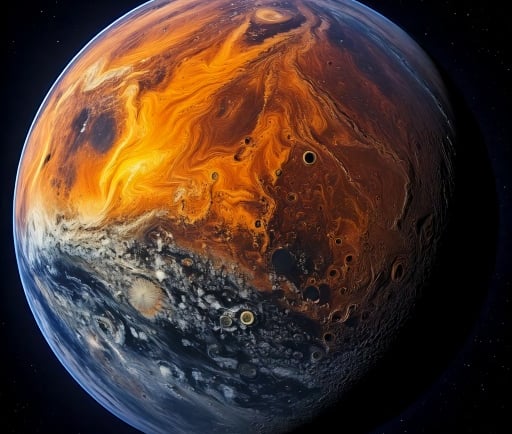The Kepler-1555 b: The Super Earth That Defies Expectations


Introduction to Kepler-1555 b
Among the various celestial bodies that pique the interest of astronomers, Kepler-1555 b stands out as a remarkable exoplanet. This super Earth orbits a G-type star, demonstrating characteristics that contribute to its unique classification. With a mass of approximately 3.22 times that of Earth, Kepler-1555 b raises intriguing questions about planetary formation and the potential for habitability in other star systems.
Orbital Dynamics of Kepler-1555 b
One of the most fascinating aspects of Kepler-1555 b is its rapid orbital period. This super Earth completes a full orbit around its star in just 8.1 days. This short orbital duration suggests that Kepler-1555 b resides in close proximity to its G-type star, resulting in significant exposure to stellar radiation. Such a relationship between the planet and its host star offers insight into the thermal dynamics that might exist on the planet's surface.
Implications for Astrobiology
The mass and location of Kepler-1555 b make it a prime candidate for astrobiological studies. Despite its classification as a super Earth, its characteristics warrant deep exploration into its atmospheric composition and surface conditions. While regions close to its star may experience extreme temperatures, they also open the door for discussions regarding a potentially habitable zone, albeit a more complex definition than that of Earth-like planets. Investigating Kepler-1555 b's environment could lead to a better understanding of other super Earths and the diverse conditions that contribute to planetary system formation.
In conclusion, Kepler-1555 b embodies the appeal of our quest for knowledge about the universe. Its mass, short orbital period, and the influence of its G-type star make this super Earth a fascinating subject for further research. As scientists continue to develop more sophisticated tools for exploration, the wonders surrounding Kepler-1555 b remind us of the vast possibilities that exist beyond our solar system.
